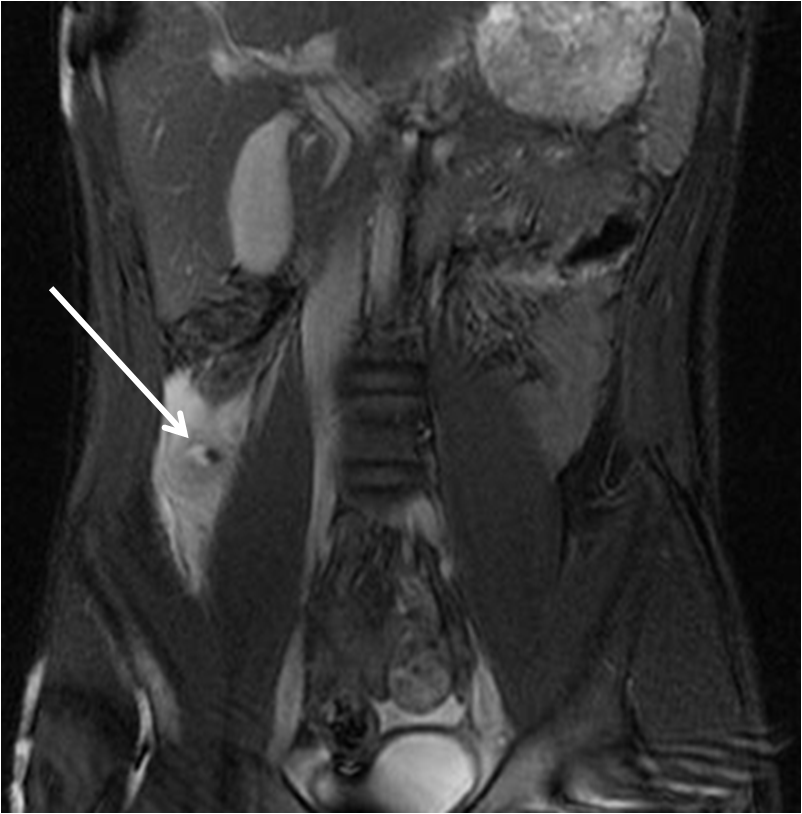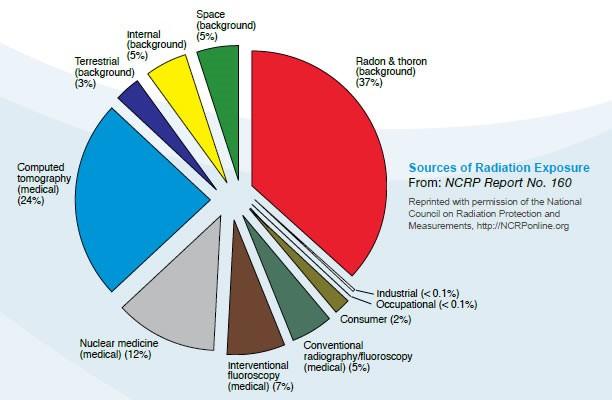History: 16 year old with abdominal pain




This is a case of perforated appendicitis. Appendicitis usually occurs due to obstruction of the appendix at its origin from the cecum, in this case due to an appendicolith. This causes build up of secretions and mucus within the lumen of the appendix, which then dilates. The resultant pressure on the wall of the appendix impedes blood flow the appendix, causing ischemia and ultimately perforation, as seen in the images above.
There is a wide range of symptoms of appendicitis and not all children have all symptoms. The most common symptoms include:
- Pain that usually begins in the center of belly, around the belly-button, and then moves downward and to the right, near the area of the appendix. This usually becomes worse as time passes, when moving, taking deep breaths, coughing, sneezing and being touched in the area. The location of the pain is often hard for preschool children to describe.
- Lack of hunger
- Nausea and vomiting
- Fever and chills
- Diarrhea or constipation
- Urinary symptoms such as urinating frequently and pain with urination
Treatment is best divided into whether the appendix has perforated or not, and whether there has been abscess formation or not.
Non-perforated Appendicitis
Treatment for appendicitis is appendectomy. Laparoscopic surgery rather than open surgery is performed in the majority of cases. An open appendectomy involves one larger incision in the lower right side of the abdomen. Most children are able to go home from the hospital within 24-48 hours and are able to return to school in one week.
Perforated Appendicitis
If your child’s appendix is perforated, an open surgery is often done. The child is then treated with a course of antibiotics.
Perforated Appendicitis with Abscess
An abscess can form if perforated appendicitis goes untreated for a period of time. Treatment includes drainage of the abscess by percutaneous catheter placement, typically performed by an interventional radiologist. A course of intravenous (IV) antibiotics is then administered. Appendectomy can be performed at a later date after the abscess has resolved.





Leave a comment